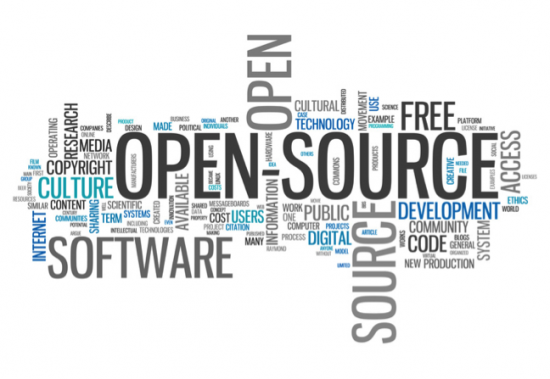































By Daniel Etman, Director of Product Management, Cable Access Business, Cisco
"The wonderful thing about "standards" is that there are so many to choose from!
So how do we in the "Cable industry" define a Standard?
In short, we'd take the approach that a Standard is a set of published specifications, protocols, and procedures.
But standards address a much wider fundamental issue key to our industry, not limited just to the technology but to ensure functionality, compatibility and interoperability.
They provide the bed rock for product development and provides for an easier understanding and comparison for competing products.
It is only through the adoption of standards that "true" interconnectivity and interoperability can be assured and enjoyed, and it's only with the application of these can new markets be defined and ratified.
Let's set out the case for the "standard" of DAA (Digital Access Architecture). There are many competing contenders for the privilege title of standard namely "Remote PHY", Remote MAC+PHY, "Remote Mini CMTS".
All of these protagonist's merit advantages in their own right, but only one technology can carry forward the expectations demanded of the Cable Industry that meets the requirements and demands outlined above.
That coveted title for the standard of DAA belongs solely to 'Remote PHY' specification (CableLabs? MHAv2 now in its 5th issue).
The effort around the standardisation of Remote Phy DAA was an industry wide initiative chaired by CableLabs? with substantial contributions to the specification from Cisco Systems.
The advantage of a common ratified specific are multi-faceted, it will allow vendors to build to a common platform and customers to experience the level of industry cooperation as has been evident in previous DOCSIS specifications.

In addition to the technical advantages of Remote Phy over its contemporaries Cisco and CableLabs? have agreed on an "Open Source" program to further accelerate full interoperability for RPD (Remote Phy devices) and drive a collaborative effort between equipment vendors and silicon manufactures alike. Called "OpenRPD"its purpose is to parallel the 'Time to Market' demands of the Cable operators by fostering an eco-system to drive RPD development and ultimately the adoption of Remote Phy architectures.
Open source software continues to make solid inroads in the world of network technology. There are various open source industry efforts which are becoming de-facto standards that are being adopted by operators and equipment manufacturers.
It's my belief that OpenRPD will drive innovation and interoperability beyond what we have experienced previously by allowing the nature of open source to foster technology improvements, rapid prototyping and focus on a common networking cause for the Cable industry.
In comparison a closed proprietary solution cannot leverage the collaborative effect of OpenRPD.
In summary standards fuel the development and implementation of technologies that "Change The Way We Live, Work, Play and Learn"
CableLabs and Cisco Systems announce Open Source software for the future of Virtualisation in Cable.
 Etiquetas calientes:
Service Provider
ccap
remote phy
cmts
docsis 3.1
evolved ccap
Etiquetas calientes:
Service Provider
ccap
remote phy
cmts
docsis 3.1
evolved ccap